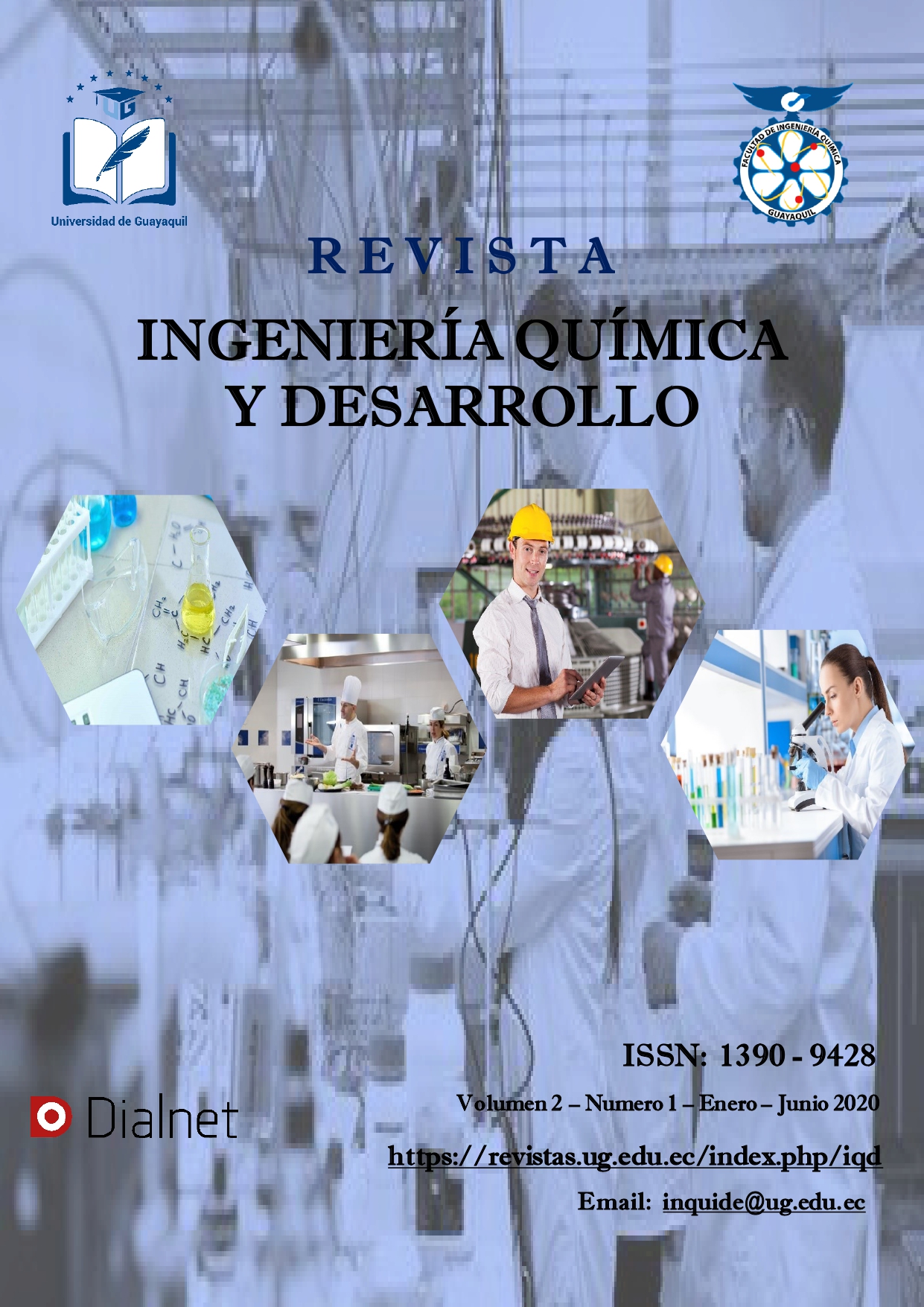Teaching-Learning of Mathematics in Architecture
DOI:
https://doi.org/10.53591/iti.v8i8.161Keywords:
TEACHING, LEARNING, LEARNING TO THINK, LOGICAL THINKINGAbstract
The teaching of mathematics becomes a real problem when teachers do not have the appropriate methodological tools to promote logical reasoning. For students, learning mathematics is a "martyrdom" because they are subjected to educational systems that have not contributed to fostering such reasoning. This forces them to rely on memorization, lacking a thought process that facilitates the understanding of a subject and guides the execution of a problem. The situation is observable at different levels of the educational process, but it becomes very worrying at the university level, where students arrive with very little mathematical knowledge, both in quality and quantity, without having learned to think, this being the fundamental cause of poor academic performance in general and, particularly, in the mathematical field. In the formative process of the Architecture degree, mathematics plays a tributary role, destined to facilitate the teaching-learning of the subjects that shape a professional profile with technical, artistic and humanistic nuances, but, above all, fundamentally destined to contribute to the achievement of a thought process, enhancing logical reasoning, an important pillar that supports the greatest attribute of the architect: creativity. Consequently, it is important to adequately use certain methodological strategies that facilitate the understanding of the various topics established in the contents of the units of the subject program and a methodological guide that contributes to the analysis and synthesis process for the resolution of a mathematical problem.
References
Asamblea Nacional del E mador. ( 1992- 1993 ). Ley de ejercicio profesional de la Arquitectura. Quito.
Romo-Leroux, J. (2012). Desarrollo del pensamiento y procesos lógicos en el aprendizaje de la Matemática. Guayaquil.
Downloads
Published
Issue
Section
License
Copyright (c) 2016 Julio Romo

This work is licensed under a Creative Commons Attribution-NonCommercial-NoDerivatives 4.0 International License.






